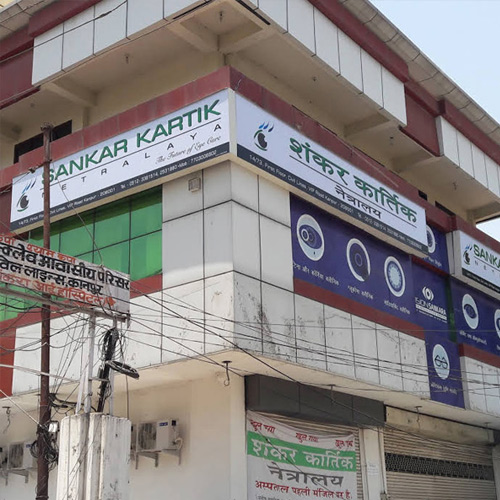
Diabetic Retinopathy
Diabetic retinopathy is caused by prolonged high blood glucose levels Over time, high sugar glucose levels can weaken and damage the small blood vessels within the retina.This then starves the retina of oxyge, and abnormal vessels may grow. Good blood glucose control helps to lower diabetes retinopathy risks.
The condition can lead to blindness if left untreated. Early blindness due to diabetic retinopathy (DR) is usually preventable with routine checks and effective management of the underlying diabetes.

Causes of Diabetic Retinopathy
In people with diabetes, high blood sugar damages the walls of the small blood vessels in the eye, altering their structure and function. These vessels may thicken, leak, develop clots, close off, or grow balloon-like defects called microaneurysms. Frequently, fluid accumulates in the part of the retina used in tasks such as reading; this condition is called macular edema. In advanced cases, the retina is robbed of its blood supply and grows new, but defective, vessels -- a process called neovascularization. These fragile vessels can bleed, creating vision-impairing hemorrhages, scar tissue, and separation of the retina from the back of the eye (retinal detachment). The new vessels can also block fluid flow within the eye, producing glaucoma.

Testing & Diagnosing Diabetic Retinopathy
It's important that anyone who has diabetes gets annual eye exams from an ophthalmologist so diabetic retinopathy can be detected early. When you visit an ophthalmologist, he or she will question you about your medical history and vision and will ask you to read an eye chart. The doctor will then directly examine your retina using an instrument called an ophthalmoscope.
Some of the features of diabetic retinopathy cannot be seen during a basic eye exam and require special exams. To get a better look at the inside of the eye, your doctor might administer drops to dilate your pupils and will then view the retina with lenses and a special light called a slit lamp. A test called fluorescein angiography can reveal changes in the structure and function of the retinal blood vessels. For this test, the doctor injects a fluorescent yellow dye into one of your veins and then photographs your retina as the dye outlines the blood vessels.
The eye exam will likely also include a check for glaucoma and cataracts, both of which occur more frequently in people with diabetes and can cause vision problems.
